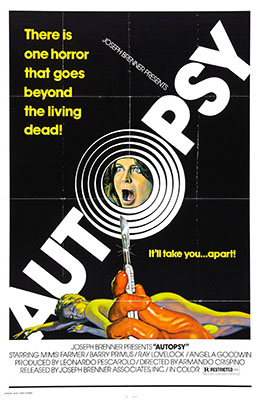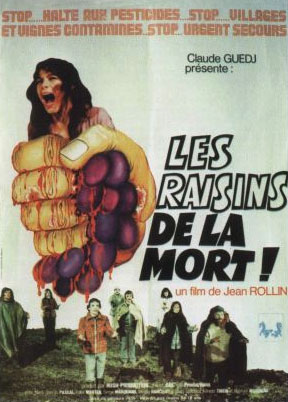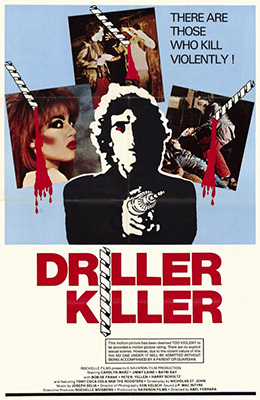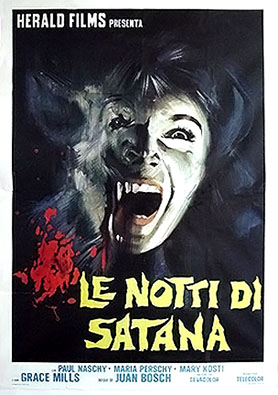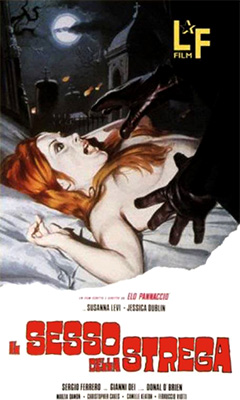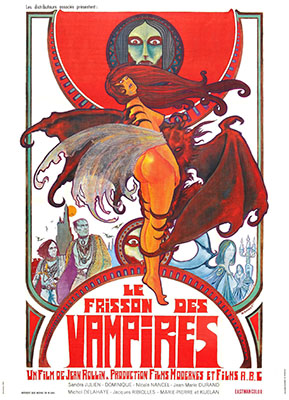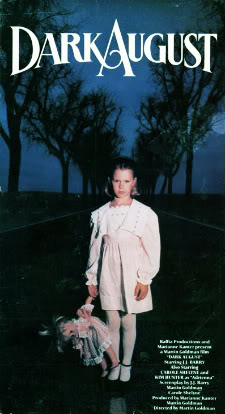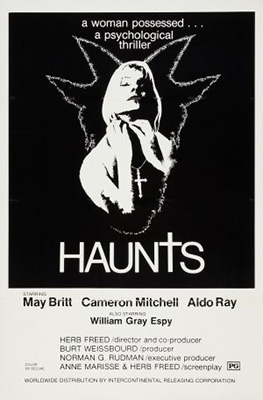
Haunts (1977)
A mad slasher is wreaking havoc in a small town and the investigation is slow-going with alcoholic Sheriff Peterson (Aldo Ray) on the job. The list of suspects keep growing and it seems like every attractive lady is in danger. One of the town’s most eligible bachelorettes, Ingrid (May Britt), only narrowly escapes becoming another victim herself. Things get worse when local bad-boy Frankie (William Gray Espy) takes a break from his shenanigans with the sheriff’s daughter to give Ingrid his unwanted attentions. The already unstable Ingrid begins to crack as more and more of her horrible past comes back to haunt her.
Herb Freed directs Haunts, a bizarre little piece of filmmaking from the wonderful 1970s. More than just a proto-slasher, the film seems influenced by Robert Altman’s Images and Polanski’s Repulsion but with a trashy small town twist. What caught my attention with Haunts is the amazing editing job here. There is excellent use of intercutting between the present day and Ingrid’s memories of her painful past. The score by Pino Donaggio (Dressed to Kill) is very good and helps to give the film a much needed emotional edge. A kitschy and flat synthesizer score would have not been as welcome here.
May Britt is a great looking actress and can physically convey the emotional rollercoaster that her character is going through but her odd delivery of dialogue is really off-putting. Her Swedish accent isn’t so thick that I can’t understand her. No, the problem lies in the emotionless way that she speaks. Even though Britt sounds like a dang robot, she still manages to hold her own in a fairly difficult role. The worst line in the movie is when someone explains that Ingrid’s accent is due to the fact that she was raised in a “European orphanage up the coast”.
The rest of the cast of Haunts keep it together including Aldo Ray as Sheriff Peterson, who is a total drunken mess. Aldo Ray is actually pretty good here, especially when Peterson finds out his daughter has been making whoopee with Frankie, the town screw-up. My favorite actress in the film is Susan Nohr as Nel, the brazen but loveable hussy who falls prey to the scissor-wielding killer. Every scene with her is a treat.
Of course, the wacky scenery-chewer himself, Cameron Mitchell (Blood and Black Lace, Minnesota Clay), is on board and he is as painfully cheesy as usual. Not that anyone could steal Mitchell’s crazy fire but he is just one of many small town wackos in this flick. For instance, William Gray Espy makes an awesome ne’er-do-well and plain old lascivious duder. And there’s always the shy and creepy new guy in town, Bill Spry, played efficiently by Robert Hippard.
Much like his 1981 slasher flick, Graduation Day, director Herb Freed’s Haunts is a near miss, an almost-classic with a lot of potential that never really hits its stride. There are some great ideas but they just aren’t executed all that well. For instance, the movie has two endings with a labored final denouement that will have you begging for mercy. When all is said and done, Haunts is a kooky but sleepy pre-Halloween slasher (with gratuitous goat-milking) that’s worth a look if you happen to stumble across a copy at the flea market.
“Go back to Baltimore, you dumb creep!”

